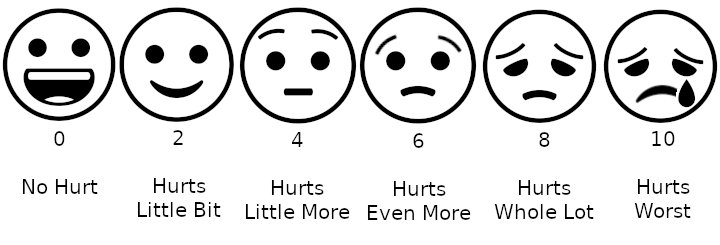Your job choice may impact you having spinal pain. Neck and Back pain may have a relationship to your job satisfaction. A recent study suggests that workers’ spinal pain may have some connection to whether the workers like their job. Skillgate E, Isacson Hjortzberg M, Strömwall P, Hallqvist J, Onell C, Holm LW, Bohman T. Non-Preferred Work and the Incidence of Spinal Pain and Psychological Distress—A Prospective Cohort Study. International Journal of Environmental Research and Public Health. 2021; 18(19):10051. https://doi.org/10.3390/ijerph181910051
This article will discuss the possible relationship between spinal pain and job satisfaction.
How Did the Study View Job Satisfaction?
A non-preferred work is, here, defined as reporting working in a non-preferred profession and/or non-preferred workplace. Skillgate E, Isacson Hjortzberg M, Strömwall P, Hallqvist J, Onell C, Holm LW, Bohman T. Non-Preferred Work and the Incidence of Spinal Pain and Psychological Distress—A Prospective Cohort Study. International Journal of Environmental Research and Public Health. 2021; 18(19):10051. https://doi.org/10.3390/ijerph181910051
This study essentially looked at those who liked their job and those who didn’t.
Is There Other Research Results Concerning Pain Intensity and Job Satisfaction?
Yes. There have been studies suggesting a positive association with job satisfaction and pain. It was reported that “people who did not like their workplace experienced higher pain intensity compared to those who did like their job.” The study did not address any causal relationship, however. Supra.
What was the Current Study’s Conclusions?
“Non-preferred work seems to be associated with a higher incidence of developing spinal pain, psychological distress and spinal pain with concurrent psychological distress, especially if the possibility to change job is low. “ Supra.
In sum, workers stuck with an unhappy job are more likely to have spinal pain versus those who have job satisfaction.
What Does This Mean?
This study, to some degree, supports the nature and extent of an Injured Workers’ pain. Injured Workers, who have jobs with little satisfaction, may legitimately suffer more spinal pain than those who have job satisfaction. Therefore, there is perhaps a valid argument to make that these Injured Workers should have their pain assessments discounted.
What If I Need Legal Advice?
If you would like a free consultation concerning any workers’ compensation case, please contact the Law Offices of Edward J. Singer, a Professional Law Corporation. They have been helping people in Central and Southern California deal with their worker’s compensation cases for 28 years. Contact us today for more information.




